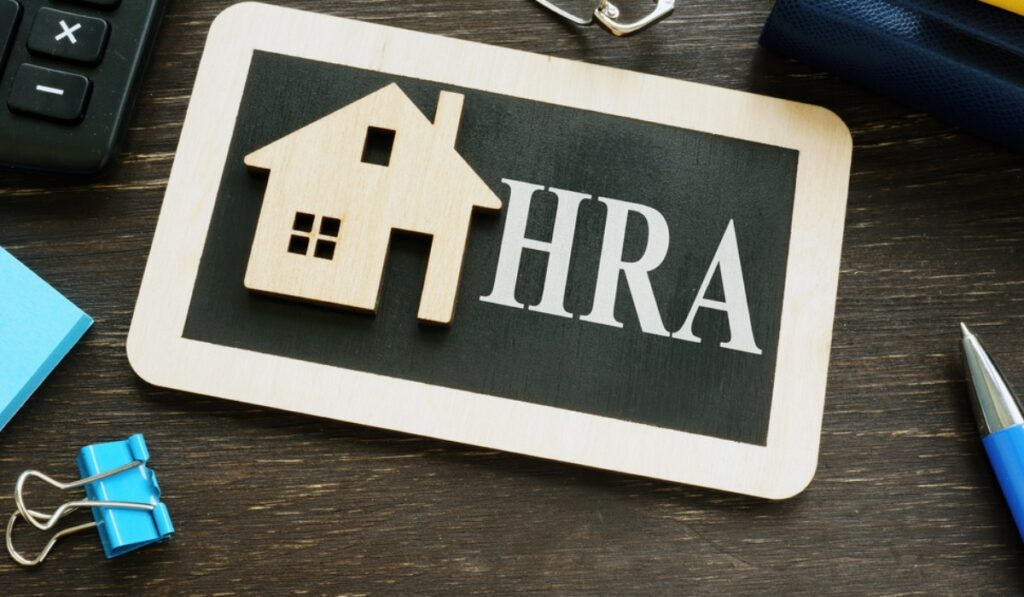In India, Section 10(13A) of the Income Tax Act governs the tax treatment of HRA. House Rent Allowance (HRA) is a key benefit provided by employers to help employees manage their rental expenses. Let’s break down how this works:
What is Section 10(13A)?
Section 10(13A) provides tax relief on the HRA component of your salary. To qualify for this exemption, certain conditions need to be met. The amount of HRA exempted is calculated based on a formula considering your salary, the rent paid, and the location of your residence.
Basic Eligibility:
- You should live in a rented house and pay rent.
- You should receive HRA as part of your salary.
Exemption Calculation:
The exempted amount of HRA is the least of the following three calculations:
- Actual HRA received.
- Rent paid minus 10% of salary.
- 50% of salary if you live in a metro city (Delhi, Mumbai, Chennai, Kolkata) or 40% if you live in a non-metro city.
Example:
Let’s say you are a salaried employee in Mumbai. Your monthly salary is ₹50,000, and you receive an HRA of ₹15,000 per month. You pay ₹12,000 as rent every month. Here’s how you can calculate your exempt HRA:
- Actual HRA Received: ₹15,000.
- Rent Paid Minus 10% of Salary: Rent is ₹12,000 and 10% of your salary is ₹5,000. So, ₹12,000 – ₹5,000 = ₹7,000.
- 50% of Salary (since Mumbai is a metro city): 50% of ₹50,000 = ₹25,000.
The exempt amount is the minimum of these three values:
- ₹15,000 (Actual HRA received)
- ₹7,000 (Rent paid minus 10% of salary)
- ₹25,000 (50% of salary)
So, in this case, the exempt HRA amount is ₹7,000. The remaining ₹8,000 (₹15,000 – ₹7,000) will be taxable.
Important Points to Remember
- Documentation: To claim HRA exemption, Mr. Sharma needs to submit rent receipts to his employer. If rent is more than ₹8,000 per month, he must also provide the landlord’s PAN details.
- Non-Metro vs Metro: The percentage of basic salary considered for exemption is 40% for non-metro cities and 50% for metro cities.
- Self-Occupied Property: If Mr. Sharma owns a house and claims HRA while living in a rented place, he must ensure he doesn’t claim tax benefits on both the rented property and the owned one.
Conclusion:
Section 10(13A) is a useful provision for salaried individuals who live in rented accommodation. By claiming HRA exemption, employees can reduce their taxable income, which can lead to tax savings. Always remember to keep proper documentation, such as rent receipts, as proof when claiming this exemption.
Section 10(13A) is a useful provision for salaried individuals who live in rented accommodation. By claiming HRA exemption, employees can reduce their taxable income, which can lead to tax savings. Always remember to keep proper documentation, such as rent receipts, as proof when claiming this exemption. Understanding and utilizing such provisions can help manage finances better and ensure you benefit from available tax reliefs.
– Ketaki Dandekar (Team Arthology)
Read more about Section 10(13A), HRA here – https://cleartax.in/s/hra
